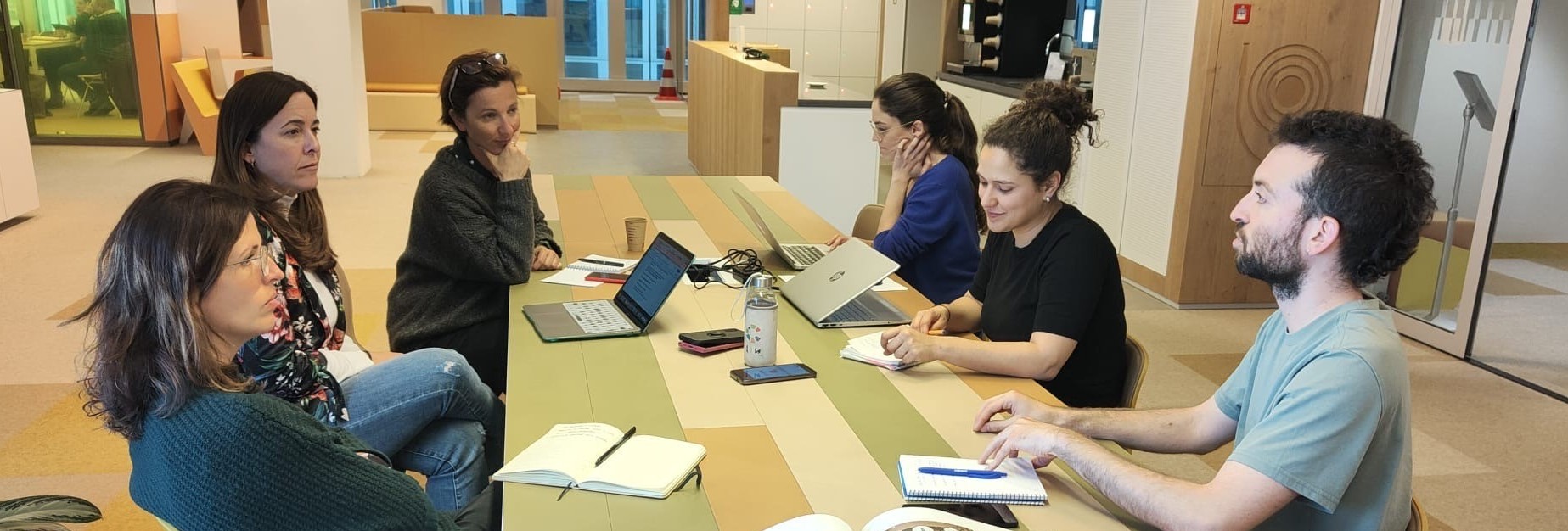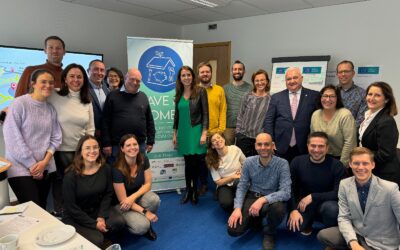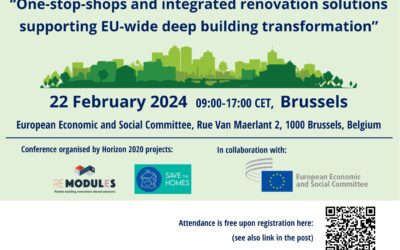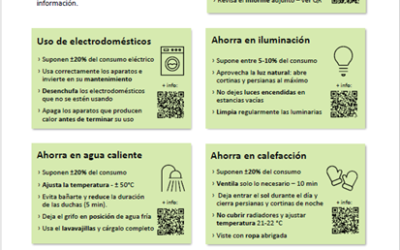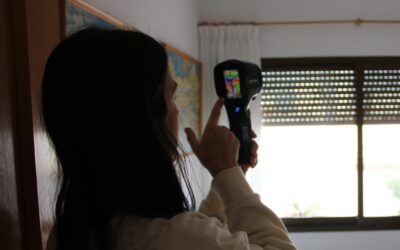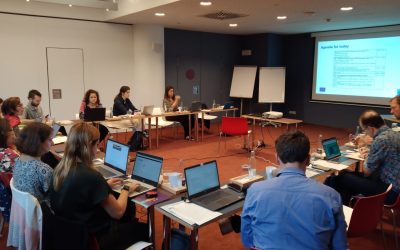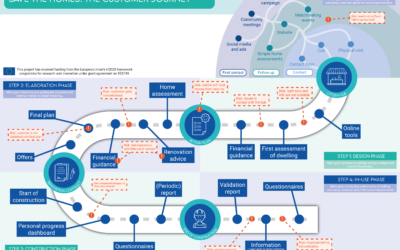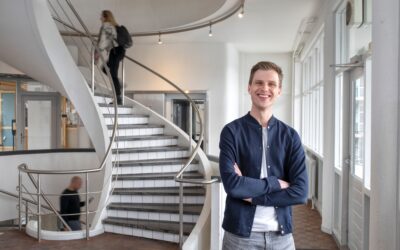Our pilot sites in Rotterdam and Valencia are steadily moving forward towards the implementation of the Save thee Homes Citizen Hub During our consortium meeting we discussed how we can replicate this success in our follower cities. The cities are very different, so together we explored which elements are suitable for Ljubljana and Sant Cugat too.
Ljubljana
What would be the first steppingstones to set up one-stop-shops and to scale up in Ljubljana For example: do we need to increase awareness about renovation possibilities? Are there sufficient financial possibilities? Are they communicated in a good way? Is the supply side fragmented?
Experiences were shared: what are the similarities between the pilot cities and the follower city? And what are the differences and what should be developed? For example: buildings in Slovenia are often built by the owners themselves and thus differ from each other: this means a different approach is needed. In Rotterdam, it’s easier to find 10 people who want to do the same renovation, and thus can approach the same contractor: the neighborhood-approach. In Ljubljana, this will be harder.
For Ljubljana it would be a great start to start with mapping the supply and demand side and to start working on the customer journey. This has been done in the project for Rotterdam and Valencia and gives a lot of useful insights. From here, questions will arise and the method can be developed further.
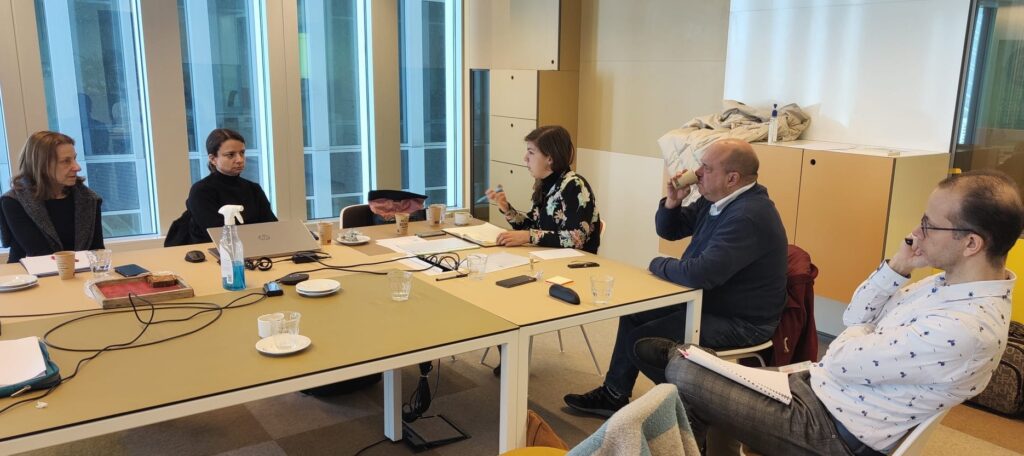
Sant Cugat
Replication possibilities for Sant Cugat are high. An extensive network is already in place, and Sant Cugat has a lot of data regarding buildings in their area. All the mapping has already been done and there is an established network in place that can help set up the Citizen Hub model with success. Most of what was achieved in the pilot city Valencia can be replicated, and even improved as more tools are available. Now it is important to define the first steps Sant Cugat can follow under the Save the Homes umbrella. To move forward with opening an OSS, Sant Cugat is waiting for a public tender. The result of it will have a high impact on the following steps, as if the municipality wins the tender, the control will remain in hands and project follow-up will be much easier, if it goes to the private sector then it remains to be seen how the new partnership will work and if the Save the Homes Citizen Hub can be replicated as planned.
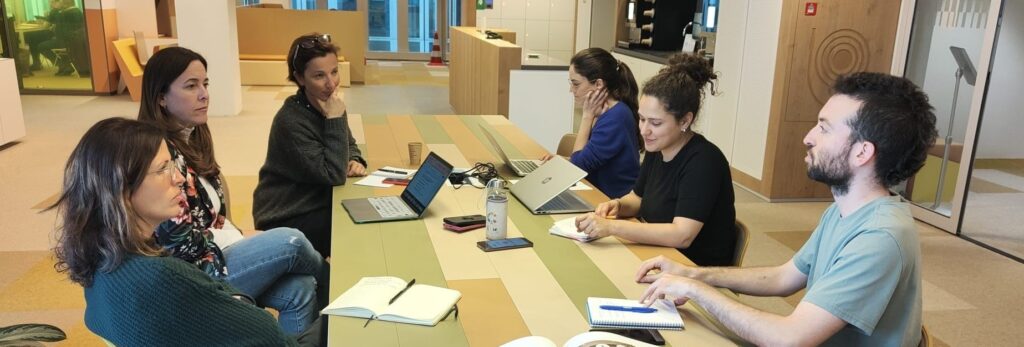
Concluding
The two follower cities are at very different stages. Having such two distinct cases can prove to be useful as it may provide insights on how to replicate the Citizen Hub model in such different contexts across the EU. What became clear is that the initial reflection and mapping are the most important elements to replicate and that these are replicable no matter how different the cases are.
